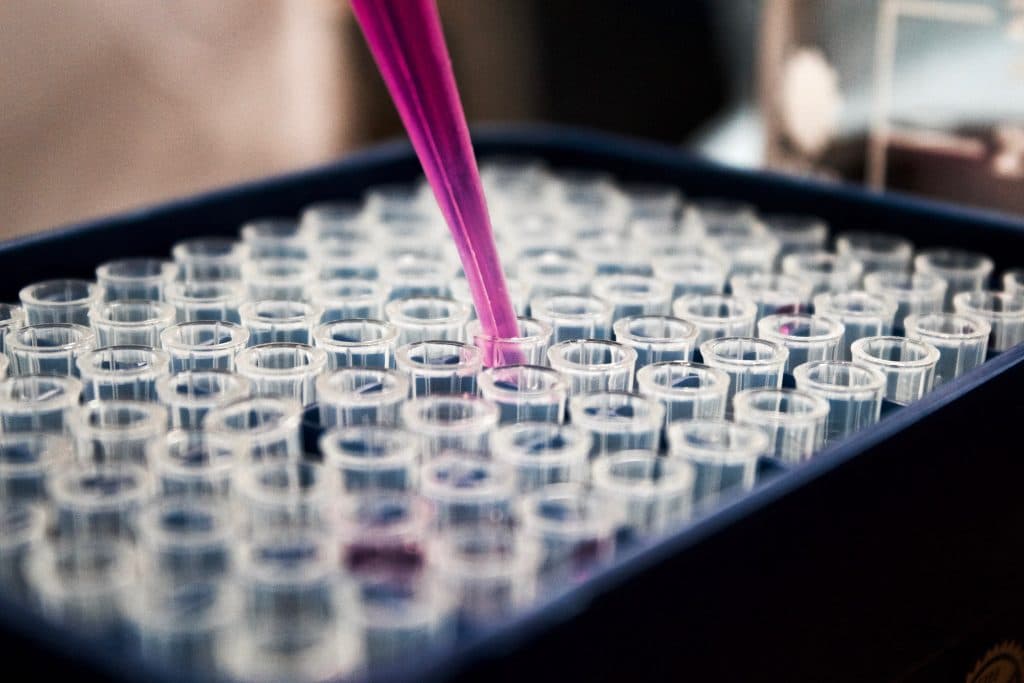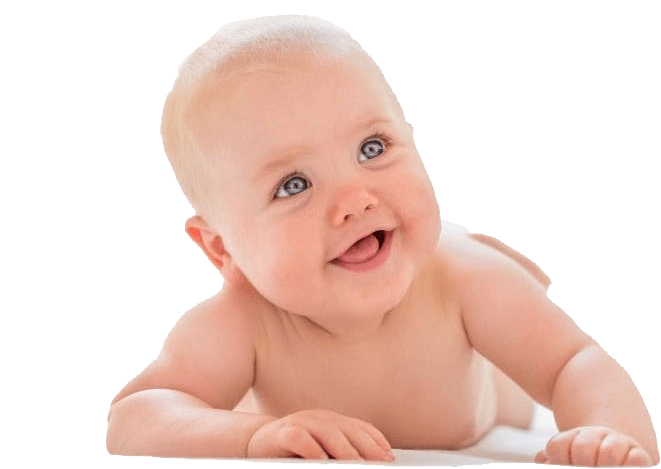Birth statistics in relation to the population, point to a steady rise in the number of women that chose to delay childbirth. This is observed even in the highest of reproductive ages.
More and more women chose to postpone their pregnancy in favor of their academic studies or their career, essentially endangering their fertility. There are cases where this delay translates to great difficulties. More specifically, there might be a couple that wishes to have a child but has significant obstacles during that specific period. If the woman foresees that she will continue to desire motherhood in the future, she has the option to freeze her eggs at a younger age in order to use them at some later point in the future. You can read more information here.
During the past decade, technological progress has turned cryopreservation into a viable option.
If we pose the question: “How many women can we apply cryopreservation to?” The answer is: As many as required. We can also include the ones that wish to preserve their fertility for later use. There are women that are currently in the rise, regarding their career, and so wish to postpone motherhood for a later time in their life. Cryopreservation could also be an ideal solution for women that will have to undergo chemotherapy or radiotherapy (which could lead to ovarian failure) and those that have a tendency for premature menopause.
If you want to read more about the causes of infertility, you can click here.
The effectiveness of the procedure is strongly related with the woman’s age.
The younger the woman, the better the quality of her eggs and the more of them are available. There are women only just entering menopause who already have signs of deterioration of the ovarian functions. In these cases, women should not be encouraged to carry out such procedures according to ESHRE. The eggs would be greatly affected be the aging of the ovaries and that fact, in combination with the reduced quantity of the produced eggs, would lead to very poor cryopreservation results.
Egg freezing was impossible until very recently due to how fragile the eggs are.
Today, thanks to the method of vitrification, each woman has the ability to freeze 5 to 10 eggs successfully. Usually that is the amount required for the procedure’s success. She may use them whenever she wishes, if for any reason her eggs cannot be fertilized. For more information you can read this article.
Since the very first report of a child being born from frozen eggs (cryopreservation) in 1986, more than 900 healthy children have been born worldwide (Oktay et al 2006).
The process of freezing, de-freezing and fertilizing the egg is difficult. This is because the egg is the largest cell in the human body. It consists of a lot of water that forms crystals and these crystals could easily destroy it. About 90% – 95% of the frozen eggs will survive the de-freezing procedure and from those 71% – 79% will be successfully fertilized, creating a pregnancy rate of 36% – 65%. All these results are comparable to the IVF procedure using fresh eggs. Furthermore, the success of the IVF procedure with frozen eggs is directly related to the age of the woman at the time that her eggs are frozen: the younger the woman, the higher the pregnancy rate.
Dimitris Papadopoulos, Clinical Embryologist, REA Maternity Hospital.





